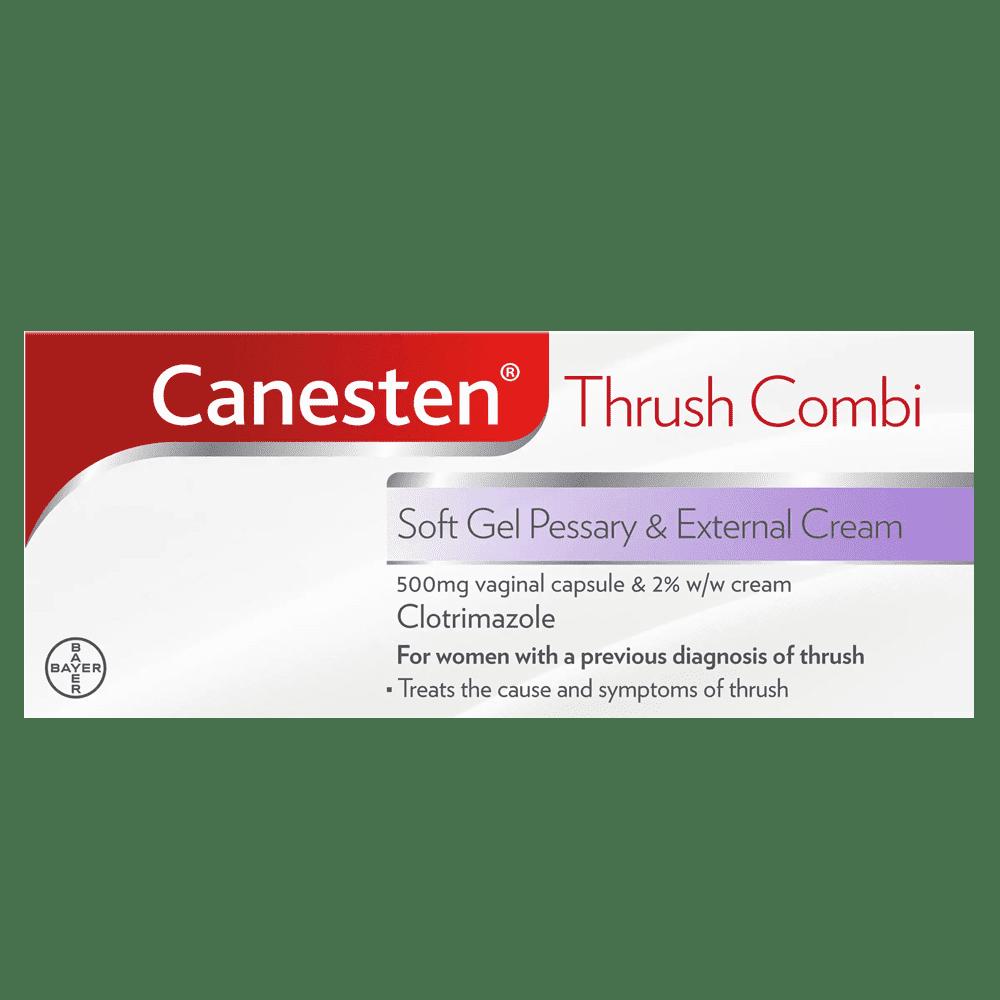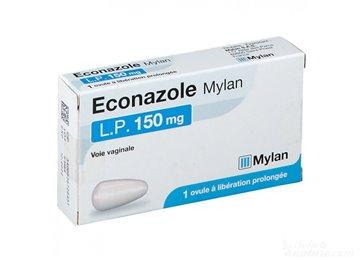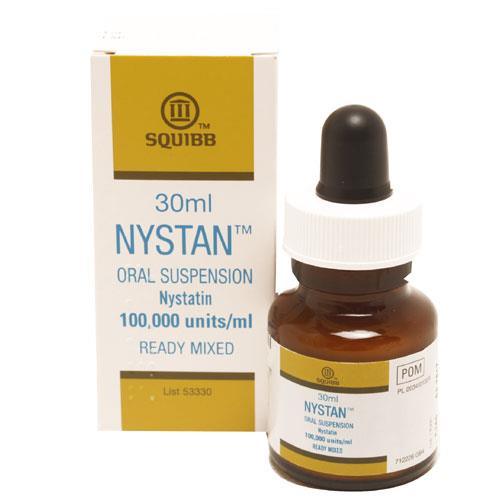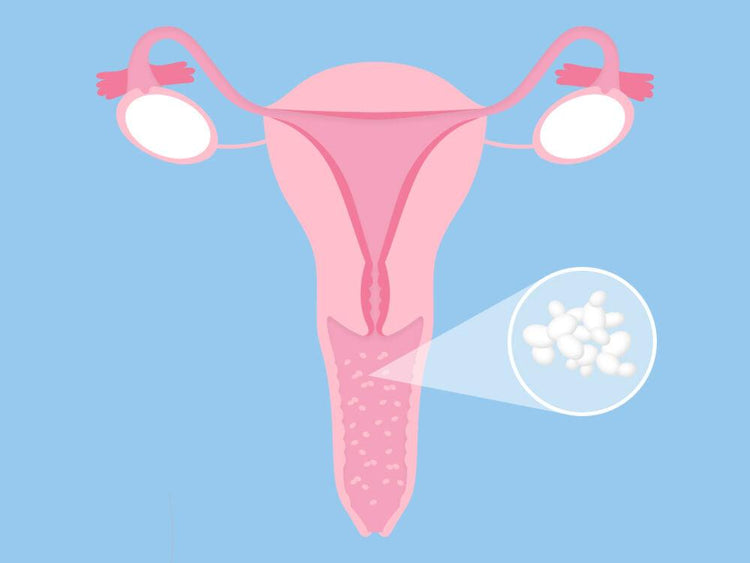
 Instagram
Instagram

Related products
Is Angular Cheilitis Related to Thrush?
Yes, angular cheilitis can be related to thrush. Thrush is a fungal infection caused by the overgrowth of Candida albicans, which can also affect the corners of the mouth and cause angular cheilitis. In some cases, angular cheilitis may also be caused by other factors such as vitamin deficiencies, poor oral hygiene, or bacterial infections. It's important to see a healthcare professional to determine the underlying cause of angular cheilitis and receive appropriate thrush treatment.
Brief overview of angular cheilitis
Angular cheilitis, also known as perleche or angular stomatitis, is an inflammatory condition that affects the corners of the mouth. It is characterised by redness, inflammation, cracking, and scaling, and can cause pain and discomfort. The condition can be caused by a variety of factors, including fungal and bacterial infections and nutrient deficiencies.
Connection between angular cheilitis and thrush
Thrush, a common fungal infection caused by the Candida species, is often associated with angular cheilitis. In fact, Candida is one of the leading causes of angular cheilitis, as the moist environment at the corners of the mouth can provide a suitable habitat for the fungus to grow. Furthermore, a weakened immune system, which is often seen in individuals with thrush, can also contribute to the development of angular cheilitis.
Importance of understanding the role of vitamin D
Vitamin D plays a crucial role in maintaining a healthy immune system, which is essential for preventing and treating infections, including angular cheilitis and thrush. Understanding the relationship between vitamin D and these conditions can help individuals make informed decisions about their health and take appropriate preventative measures.
Angular Cheilitis: Causes and Symptoms
Definition of angular cheilitis
Angular cheilitis is an inflammatory condition that affects the corners of the mouth, causing redness, inflammation, cracking, and scaling. It can be painful and uncomfortable, and in severe cases, may lead to difficulty opening the mouth or eating.
Common causes of angular cheilitis
Fungal infections
Fungal infections, particularly those caused by Candida species, are a common cause of angular cheilitis. Dr. Anjali Mahto, a consultant dermatologist at the Cadogan Clinic, explains that Candida overgrowth in the mouth's corners can lead to the development of this condition Dr. Anjali Mahto.
Bacterial infections
Bacterial infections, such as Staphylococcus aureus, can also cause angular cheilitis. These infections may occur on their own or in combination with fungal infections, leading to a more complex and challenging-to-treat condition.
Nutrient deficiencies
Nutrient deficiencies, particularly in vitamins B2, B6, and B12, as well as iron and zinc, can contribute to the development of angular cheilitis. These deficiencies can weaken the immune system, making individuals more susceptible to infections, including those caused by Candida.
Symptoms of angular cheilitis
Redness and inflammation
One of the primary symptoms of angular cheilitis is redness and inflammation at the corners of the mouth. This can cause discomfort and may worsen over time if left untreated.
Cracking and scaling
As angular cheilitis progresses, cracking and scaling may occur at the corners of the mouth. This can be painful and may make it difficult to open the mouth fully, affecting eating and speaking abilities.
Pain and discomfort
Pain and discomfort are common symptoms of angular cheilitis, and can range from mild to severe, depending on the severity of the Angular cheilitis.
The Connection Between Angular Cheilitis and Thrush
How thrush can contribute to angular cheilitis
Angular cheilitis is a condition characterised by painful inflammation and cracking in the corners of the mouth. One of the factors that can contribute to the development of angular cheilitis is thrush, a fungal infection caused by an overgrowth of Candida yeast. In this section, we will explore how thrush can contribute to angular cheilitis, focusing on Candida overgrowth, weakened immune systems, and the role of Candida in both conditions.
Candida overgrowth
Candida is a naturally occurring yeast found in the human body, particularly in the mouth, gut, and skin. In healthy individuals, Candida levels are kept in check by the immune system and other beneficial bacteria. However, when Candida overgrows, it can lead to oral thrush, a condition characterised by white, creamy patches in the mouth, throat, and tongue. This overgrowth of Candida can also spread to the corners of the mouth, causing angular cheilitis. Dr. Samantha Phillips, a dermatologist, explains that "Candida overgrowth in the mouth can create a favourable environment for the development of angular cheilitis, particularly in individuals with a weakened immune system or poor oral hygiene."
Weakened immune system
A weakened immune system can make individuals more susceptible to thrush and angular cheilitis. According to a study published in the Journal of Oral Pathology & Medicine, people with compromised immune systems, such as those with HIV/AIDS, diabetes, or undergoing chemotherapy, have an increased risk of developing oral thrush. This weakened immune response may also contribute to the development of angular cheilitis, as the body struggles to keep Candida overgrowth in check.
The role of Candida in both conditions
Candida plays a central role in the development of both thrush and angular cheilitis. In the case of thrush, Candida overgrowth leads to the formation of white, creamy patches in the mouth and throat. When it comes to angular cheilitis, Candida overgrowth in the corners of the mouth can lead to inflammation and cracking, creating a painful and unsightly condition. Professor James Wilson, an expert in oral health, emphasises that "Candida is a common culprit in both thrush and angular cheilitis. Understanding the connection between these conditions and addressing the underlying Candida overgrowth is essential for effective treatment."
Identifying and treating thrush-related angular cheilitis
Identifying the connection between thrush and angular cheilitis is crucial for successful treatment. A healthcare professional, such as a dentist or dermatologist, can diagnose thrush and angular cheilitis by examining the affected areas and possibly conducting laboratory tests. Once a diagnosis is made, the appropriate treatment can be prescribed. Antifungal medications, such as fluconazole or nystatin, are often used to treat thrush and can help address angular cheilitis caused by Candida overgrowth. In addition to prescribed medications, maintaining good oral hygiene and addressing any underlying health issues can help prevent recurrence of both conditions.
The Importance of Vitamin D in Preventing and Treating Angular Cheilitis
Vitamin D's role in immune function
Vitamin D is an essential nutrient that plays a vital role in maintaining overall health, particularly in supporting the immune system. According to Dr. Rebecca Adams, an immunologist, "Vitamin D helps regulate immune function by promoting the production of antimicrobial peptides, which can help combat infections caused by bacteria, viruses, and fungi, including Candida." As a result, adequate vitamin D levels can help protect against various infections, including thrush and angular cheilitis caused by Candida overgrowth.
How vitamin D deficiency can contribute to angular cheilitis
Vitamin D deficiency can weaken the immune system, making individuals more susceptible to infections such as thrush and angular cheilitis. A study published in the Journal of Steroid Biochemistry and Molecular Biology found that individuals with low vitamin D levels were more likely to develop oral thrush. This increased susceptibility to thrush can also contribute to the development of angular cheilitis.
1. Weakened immune system
As mentioned earlier, vitamin D plays a crucial role in immune function. A deficiency in this essential nutrient can result in a weakened immune system, which may struggle to combat infections and keep Candida levels in check. This can increase the risk of developing thrush and angular cheilitis.
2. Increased susceptibility to infections
Vitamin D deficiency can also increase an individual's susceptibility to infections in general. When the body's immune response is compromised, it may struggle to defend against harmful pathogens, including the Candida yeast responsible for thrush and angular cheilitis. Ensuring adequate vitamin D levels can help strengthen the immune system and reduce the risk of these conditions.
C. Sources of vitamin D
Vitamin D can be obtained from various sources, including sun exposure, dietary sources, and supplements.
4. Sun exposure
The body can produce vitamin D when the skin is exposed to sunlight. However, factors such as the time of year, geographic location, skin type, and the use of sunscreen can impact the body's ability to synthesise vitamin D. It is essential to balance sun exposure with skin protection to avoid the risks associated with excessive sun exposure, such as skin cancer.
5. Dietary sources
Vitamin D can also be obtained from certain foods, such as fatty fish (salmon, mackerel, and sardines), fortified dairy products, and egg yolks. Including these foods in your diet can help ensure adequate vitamin D intake.
6. Supplements
Vitamin D supplements can be an effective way to maintain adequate levels, particularly for individuals who have limited sun exposure or difficulty obtaining sufficient vitamin D from their diet. It is essential to consult a healthcare professional before starting any supplement regimen, as excessive vitamin D intake can lead to health complications.
Prevention and Treatment Strategies for Angular Cheilitis and Thrush
In conclusion, understanding the connection between angular cheilitis and thrush, as well as the role of vitamin D in immune function, can help inform prevention and treatment strategies for these conditions. Maintaining good oral hygiene, addressing underlying health issues, and ensuring adequate vitamin D levels can all contribute to a reduced risk of developing thrush and angular cheilitis. If you suspect you have either condition, consult a healthcare professional for a proper diagnosis and appropriate treatment plan.




















 Rated Excellent by 26,523+ Reviews
Rated Excellent by 26,523+ Reviews